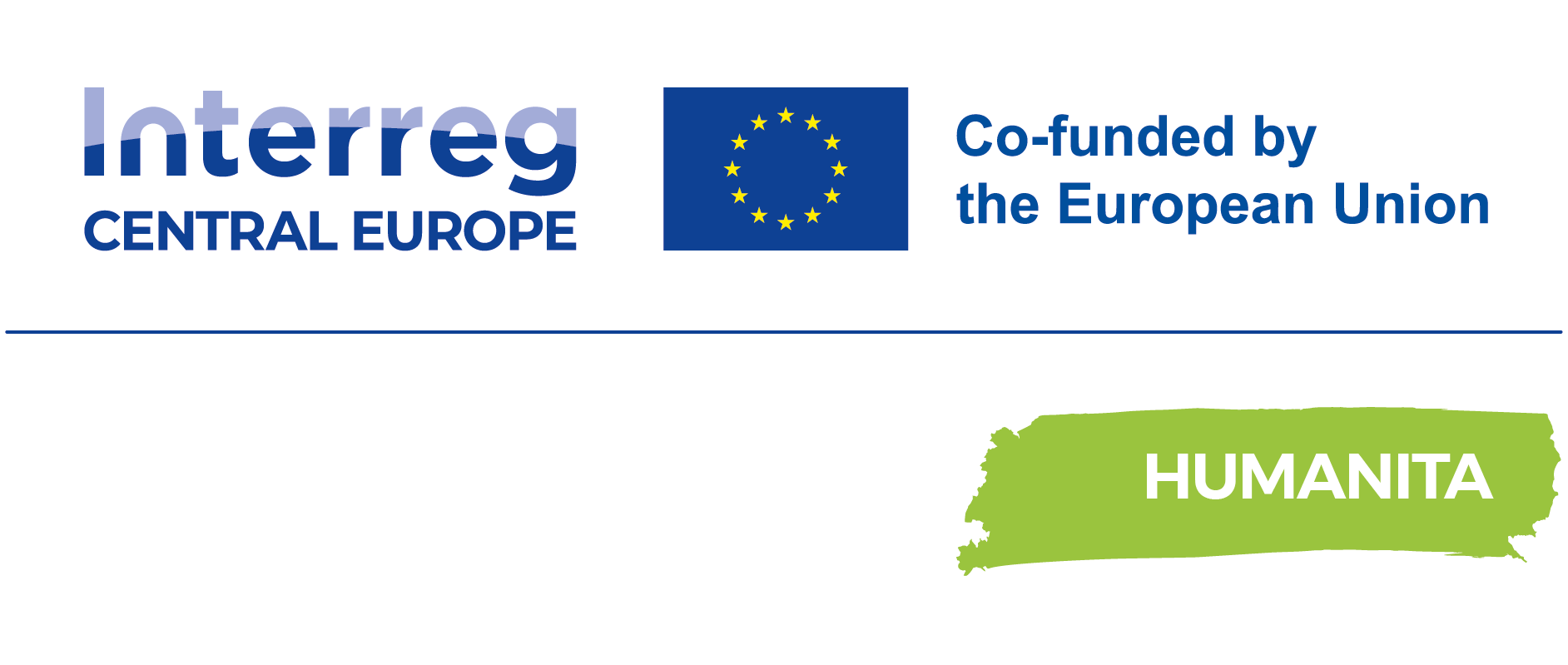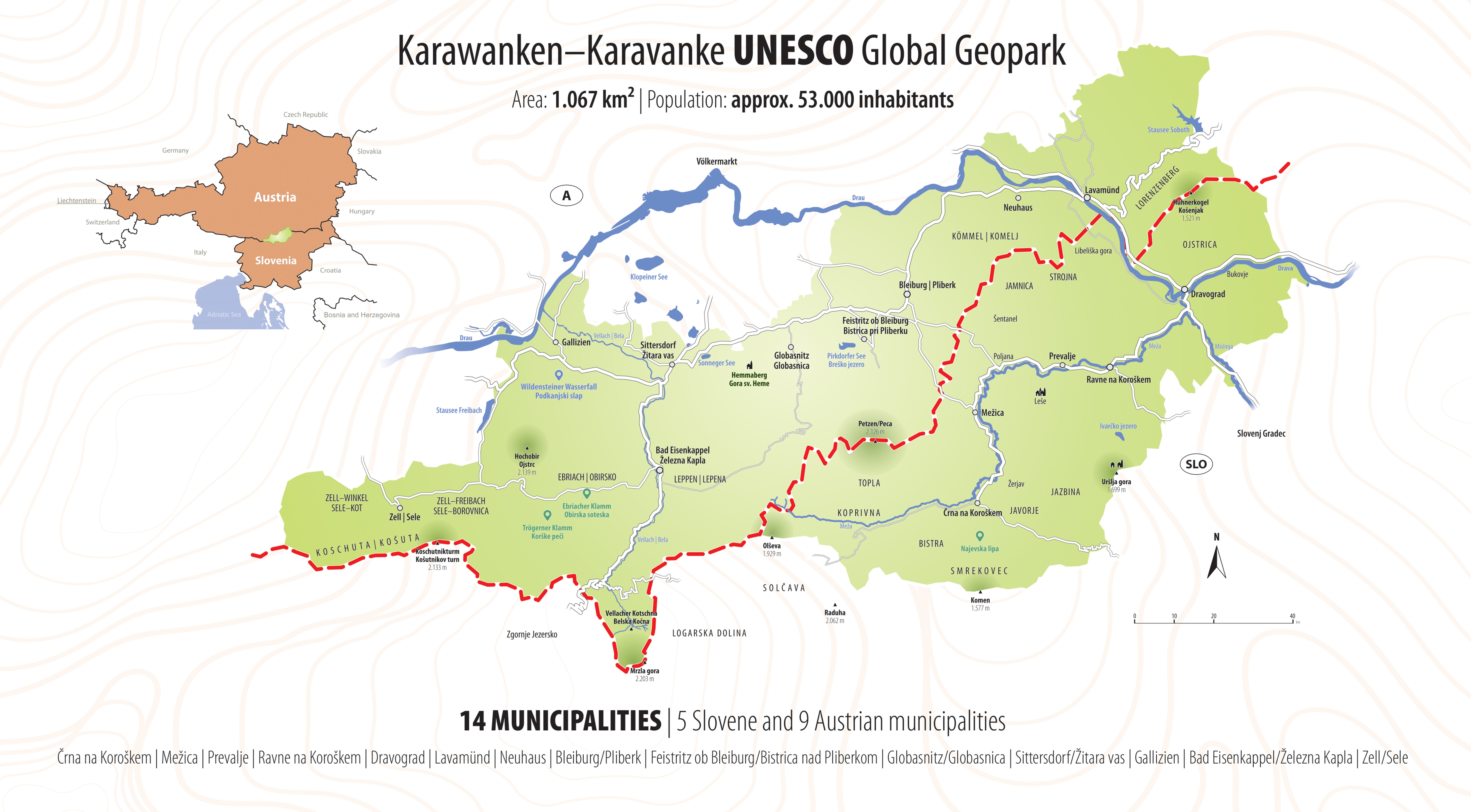
Invasive Plants in View
Monitoring in the Karawanken UNESCO Global Geopark
Together we can limit the spread of invasive species and protect the biodiversity of our mountain regions!
Introduction
Our Citizen Science project is dedicated to monitoring invasive alien species (IAS) in the mountain regions of the Karawanken Geopark. Invasive species are plants or animals introduced by human activity into regions where they do not originally occur, often through intercontinental trade. While most introduced species rely on human support to survive, some can adapt and thrive independently. A subset of these become invasive, posing significant threats to native ecosystems.
Problem Definition
Invasive alien species spread rapidly because they produce large quantities of seeds, grow quickly, and have few natural enemies in their new environment. This allows them to colonize new areas swiftly and displace native species. They can also affect water supplies, agriculture, and human health.
Mountain regions are less affected by invasive plants, but the risk is increasing due to climate change and human land use. These species are often introduced at lower altitudes and spread along corridors such as roads, hiking trails, and watercourses to higher altitudes. Seeds and spores can stick to tires, shoes, and tools, facilitating their spread. Intentionally introduced plants, such as seed mixtures for roadsides or ski slopes and ornamental plants, also contribute to their spread.
Once invasive species appear in mountainous regions, they are difficult to control due to the challenging terrain. To take appropriate measures, it is essential to monitor the populations of these species in the Geopark.
-
 Canadian goldenrod (Solidago canadensis) CC-BY 2.0 Andreas Rockstein Canadian goldenrod (Solidago canadensis) CC-BY 2.0 Andreas Rockstein
Canadian goldenrod (Solidago canadensis) CC-BY 2.0 Andreas Rockstein Canadian goldenrod (Solidago canadensis) CC-BY 2.0 Andreas Rockstein -
 Japanese knotweed (Fallopia japonica) © Urosh Grabner Japanese knotweed (Fallopia japonica) © Urosh Grabner
Japanese knotweed (Fallopia japonica) © Urosh Grabner Japanese knotweed (Fallopia japonica) © Urosh Grabner -
 Black locust (Robinia pseudoacacia) © Urosh Grabner Black locust (Robinia pseudoacacia) © Urosh Grabner
Black locust (Robinia pseudoacacia) © Urosh Grabner Black locust (Robinia pseudoacacia) © Urosh Grabner -
 Bigleaf lupine (Lupinus polyphyllus) © Urosh Grabner Bigleaf lupine (Lupinus polyphyllus) © Urosh Grabner
Bigleaf lupine (Lupinus polyphyllus) © Urosh Grabner Bigleaf lupine (Lupinus polyphyllus) © Urosh Grabner -
 Himalayan balsam (Impatiens glandulifera) © Urosh Grabner Himalayan balsam (Impatiens glandulifera) © Urosh Grabner
Himalayan balsam (Impatiens glandulifera) © Urosh Grabner Himalayan balsam (Impatiens glandulifera) © Urosh Grabner
https://citizen-science.at./en/projects/invasive-plants-in-view#sigProId75c9df7eb2
Project Area
The Karawanken UNESCO Global Geopark covers an area of 1,067 km² and includes five Slovenian and nine Austrian municipalities. This cross-border area is a unique natural and cultural experience region characterized by its outstanding geological heritage. The aim of the Geopark is to preserve the geological and natural resources as well as the cultural heritage of its members. By raising awareness, providing information, and education about the Geopark and its network at European and global levels, it contributes to strengthening its position as an important geopark. The Geopark also promotes economic use through sustainable tourism and supports cross-border cooperation for the sustainable development of the region.
Further information about the Karawanken Geopark can be found on the Geopark homepage.

Image 3: Overview map Karawanken UNESCO Global Geopark © Urosh Grabner
Project Goals
- Monitoring and Early Detection: Establishing a network to monitor invasive species in the Karawanken UNESCO Global Geopark in order to detect their spread at an early stage.
- Awareness-Raising and Education: Informing and involving the population about the importance and impact of invasive alien species and the influence of climate change and human activities on their spread.
- Data Collection and Analysis: Collecting and analyzing data on the occurrence and spread of invasive species by citizen scientists.
- Management and Control: Developing an action plan to control and contain invasive species in order to protect native ecosystems.
Methodology
- Participation: Involving the population as citizen scientists who collect data on the occurrence and spread of invasive species.
- Training and Workshops: Providing online educational materials and workshops to equip participants with the necessary knowledge and skills to identify and report invasive species.
- Online Green Academy
- Workshops
- Data Platform: Using the iNaturalist platform to record the locations of plant species. The collected data is validated there and then analyzed and published by the Carinthia University of Applied Sciences (UNESCO Chair for Sustainable Management of Protected Areas).
Expected Results:
- Improved Data Basis: Basic data collection on the occurrence and spread of invasive species in the Karawanken Geopark.
- Increased Awareness: Better-informed and engaged population actively contributing to monitoring and protecting native ecosystems.
- Effective Management Strategies: Action plan to control and contain invasive species in hard-to-reach areas.
How Can I Take Part?
We invite all interested citizens to join our project and help protect the unique mountain ecosystems of the Karawanken Geopark. You can actively contribute by photographing foreign plants in the Karawanken Geopark and uploading them to iNaturalist.
Using the iNaturalist app, you can photograph any animal or plant. The app identifies the species using artificial intelligence, and the iNaturalist community can confirm or improve your discovery, enhancing the quality of observations over time.
Information about the five most common species in the Karawanken Geopark, their impact, and recognition tips can be found in our project journal on iNaturalist.
Simple Guide to Get Started
- Download the App: Get the iNaturalist app from your app store (available for iOS and Android).
- Create an Account: If you don't have an iNaturalist account, (quick and free!).
- Join Our Project: After registering, search for our project "Invasive Alien Species - Karawanken-Karavanke UNESCO Global Geopark"
- Add Your Observation: If you spot an unfamiliar plant in the Karawanken Geopark, use the iNaturalist app to:
- Take Photos: Clear images of the plant and its surroundings.
- Notes: Estimate the number of plants and their area coverage (e.g., few, medium, many).
- Location: Allow the app to access your location or manually select it on the map.
- Submit Your Observation: Enter all required information and submit your observation. Your contribution helps monitor invasive alien plants and protects our environment.
Video 1: What is iNaturalist?
Data Protection Information
No participant data is analyzed in this project. By joining, participants agree to iNaturalist's terms of use. Users control what data is visible to others when creating iNaturalist data, and settings can be managed in account details on the platform.
Project Details and Contact
This project is co-funded by the INTERREG Central Europe project HUMANITA - Human-Nature Interactions and Impacts of Tourism Activities on Protected Areas, supported by the Interreg CENTRAL EUROPE Program 2021-2027 with co-financing from the European Regional Development Fund (ERDF). The project's total budget is EUR 2,396,346.70, with EUR 1,917,077.36 funded by ERDF.
For questions or more information, please contact:
Project Management, FH Kärnten: Lilia Schmalzl (This email address is being protected from spambots. You need JavaScript enabled to view it.)
Project Management EVTZ Geopark Karawanken: Urosh Grabner (This email address is being protected from spambots. You need JavaScript enabled to view it.)

This project fulfils version 1.1 of the quality criteria for citizen science projects on Österreich forscht.
- land use
- plants

